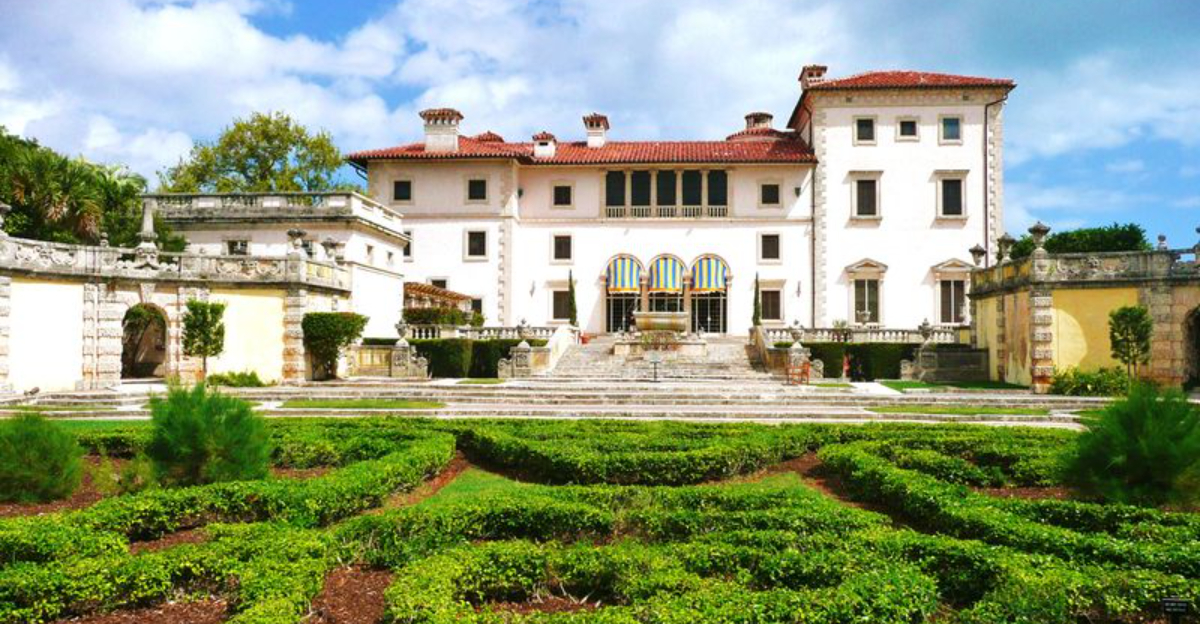Explore the grandeur and opulence of 20 historic mansions erected by railroad magnates who amassed fortunes through their global railway empires. Each mansion stands as a testament to the wealth, power, and architectural taste of its owner, reflecting the industrial age’s lasting legacy.
1. Vanderbilt Mansion
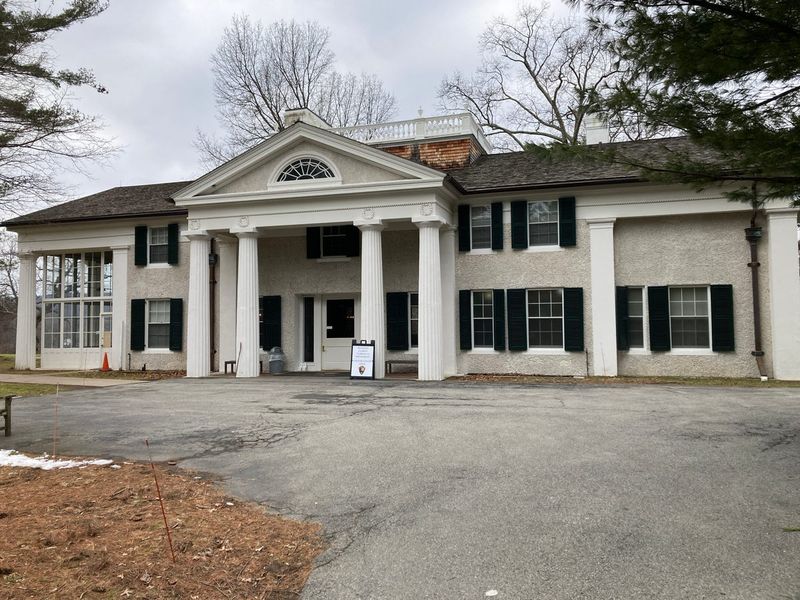
Cornelius Vanderbilt, a titan of rail, constructed the Vanderbilt Mansion in Hyde Park. Known for its Beaux-Arts style, the estate boasts grand gardens and opulent interiors. Inside, the Gilded Age splendor is evident in its lavish ballrooms and libraries.
This mansion symbolizes Vanderbilt’s unmatched industrial influence in America, showcasing the era’s opulence. Hyde Park, New York, serves as a reminder of the American industrial boom and Vanderbilt’s global railroad dominance.
2. Biltmore Estate
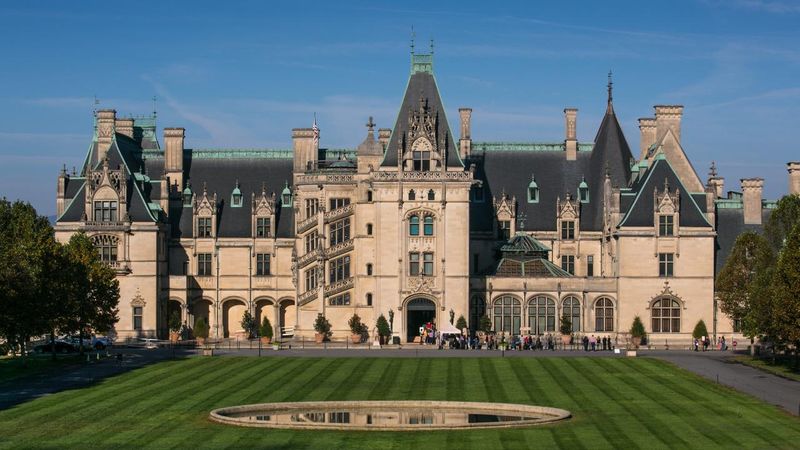
George Washington Vanderbilt II built the Biltmore Estate, a testament to French Renaissance architecture. Nestled in Asheville, North Carolina, it features expansive gardens and opulent rooms. The estate’s library, with its vast collection, highlights Vanderbilt’s intellectual pursuits. As the largest private home in America, Biltmore reflects Vanderbilt’s status and the prosperity of the railroad age. Its magnificent design and serene location attract visitors globally, symbolizing the wealth accrued from railroads.
3. Hearst Castle
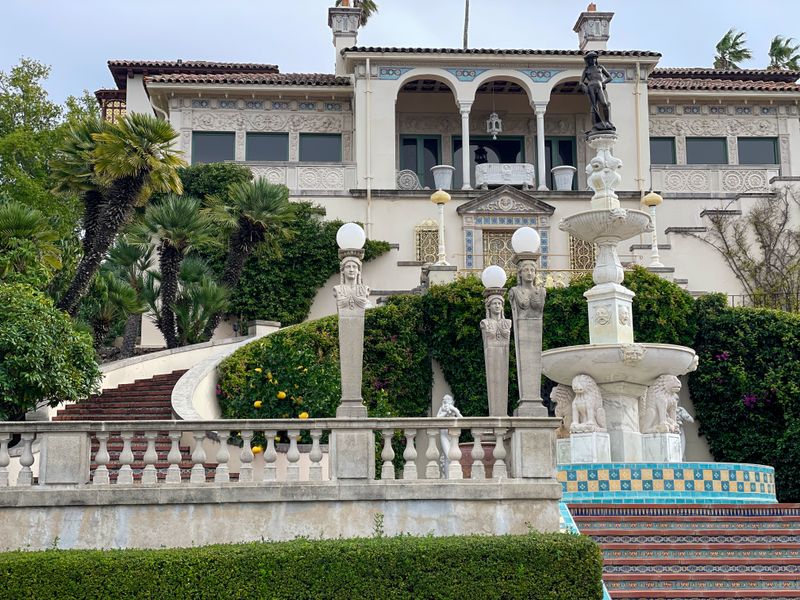
William Randolph Hearst, a media magnate and railroad tycoon, built the Hearst Castle in San Simeon, California. The Mediterranean Revival-style mansion boasts grand towers and ornate interiors. Hearst’s extensive art collection fills the lavish rooms, enhancing its grandeur.
The castle’s hilltop location offers stunning coastal views, reflecting Hearst’s power and influence. It stands as a symbol of the prosperity and cultural impact of the railroad and media industries during the early 20th century.
4. Marble House
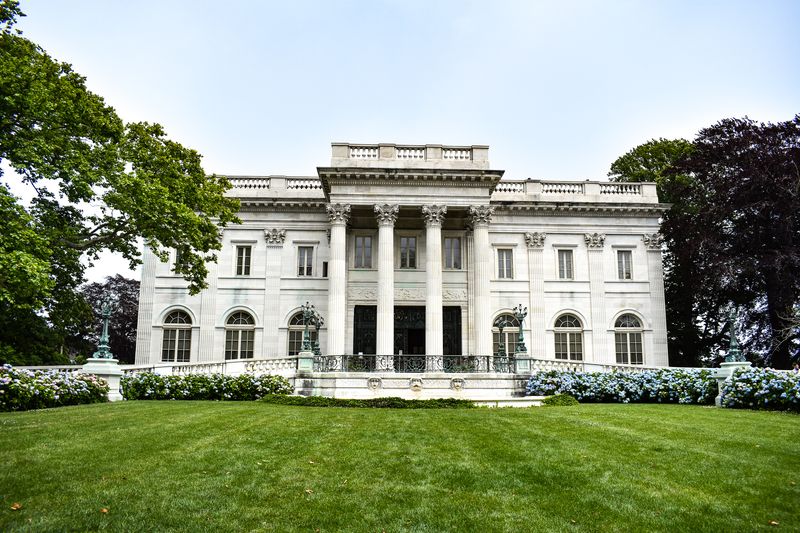
Alva Vanderbilt, part of the Vanderbilt dynasty, commissioned the Marble House in Newport, Rhode Island. It exemplifies Gilded Age opulence with a classic Beaux-Arts facade and lavish marble interiors. The mansion’s grand ballroom and intricate details highlight the era’s extravagance.
As a social hub, it reflected the wealth and status of railroad tycoons. Marble House remains a testament to the Vanderbilt legacy and the lavish lifestyle afforded by railroad riches.
5. The Breakers
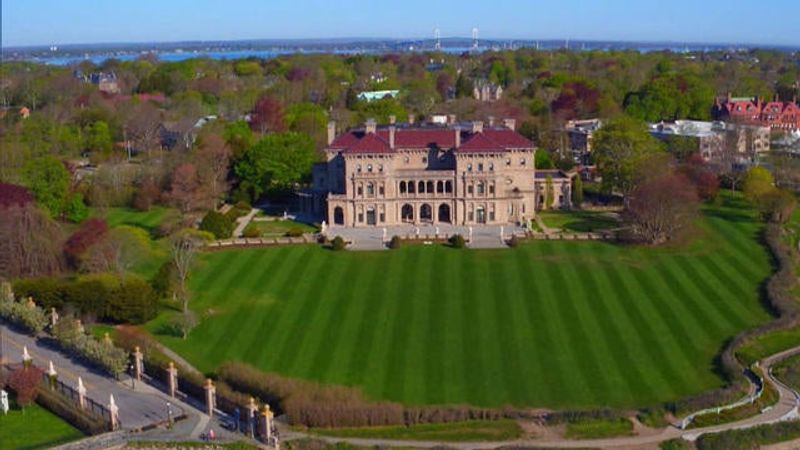
Cornelius Vanderbilt II created The Breakers, an Italian Renaissance masterpiece in Newport, Rhode Island. This mansion features imposing columns and exquisite gardens overlooking the sea. The opulent interiors include a grand dining room and ornate ceilings.
The Breakers stands as a symbol of the Vanderbilt family’s wealth and the grandeur of the railroad era. Its architectural brilliance and scenic location continue to captivate visitors worldwide, reflecting the industrial age’s legacy.
6. Mark Twain House
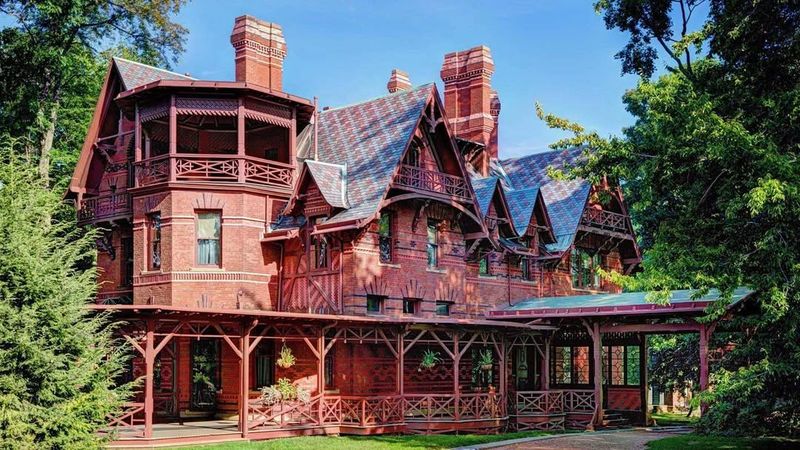
Although primarily a writer, Mark Twain invested in railroads, leading to the construction of his Victorian Gothic mansion in Hartford, Connecticut. The mansion’s intricate woodwork and lush gardens enhance its picturesque charm.
Notable features include a grand library and a conservatory filled with exotic plants. Twain’s home is a reflection of his literary success and investments in the booming railroad industry. It remains a cultural landmark, symbolizing the intersection of literature and industrial prosperity.
7. Vizcaya Museum and Gardens
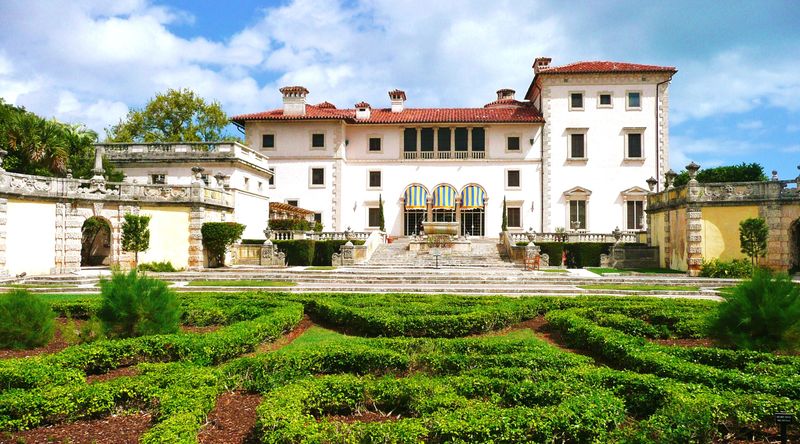
James Deering, an industrialist with railroad ties, built the Vizcaya Museum and Gardens in Miami, Florida. The Italian Renaissance-style villa features expansive gardens and stunning waterfront views. Inside, opulent rooms boast intricate art and antique furnishings.
Vizcaya reflects Deering’s wealth from his industrial ventures, including railroads, and his passion for European art. Today, it serves as a cultural landmark, showcasing the luxurious lifestyles of America’s industrial elite in the early 20th century.
8. Lyndhurst Mansion
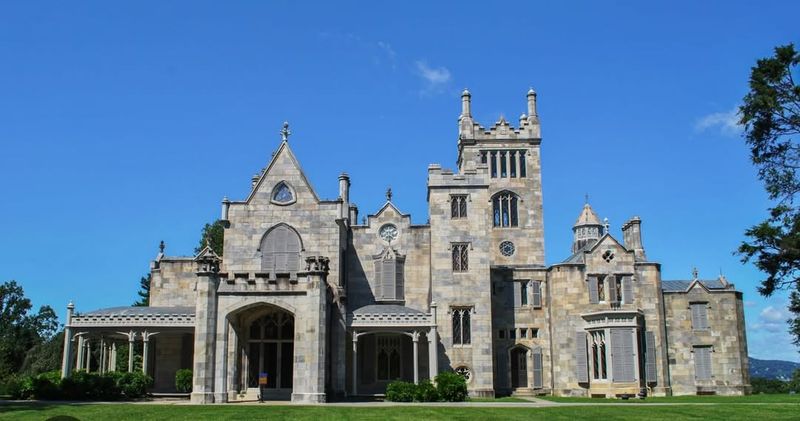
Jay Gould, a renowned railroad magnate, owned the Gothic Revival Lyndhurst Mansion in Tarrytown, New York. Set on extensive grounds, the mansion boasts towering spires and intricate interiors.
Notable for its grand drawing rooms and expansive library, Lyndhurst embodies the opulence of America’s railroad age. Gould’s influence and wealth are mirrored in the mansion’s grandeur, making it a significant piece of America’s architectural and industrial heritage, attracting history enthusiasts today.
9. Shelburne Farms

Dr. William Seward Webb, a railroad executive, established Shelburne Farms in Vermont. The estate features a Tudor-style mansion and lush landscapes overlooking Lake Champlain. Inside, grand rooms and extensive woodwork reflect the opulence of the era.
Shelburne Farms symbolizes Webb’s railroad success and commitment to agricultural innovation. Its scenic beauty and architectural elegance continue to attract visitors, representing the fusion of industrial wealth and pastoral pursuits in America’s Gilded Age.
10. Railway Tycoon Mansion
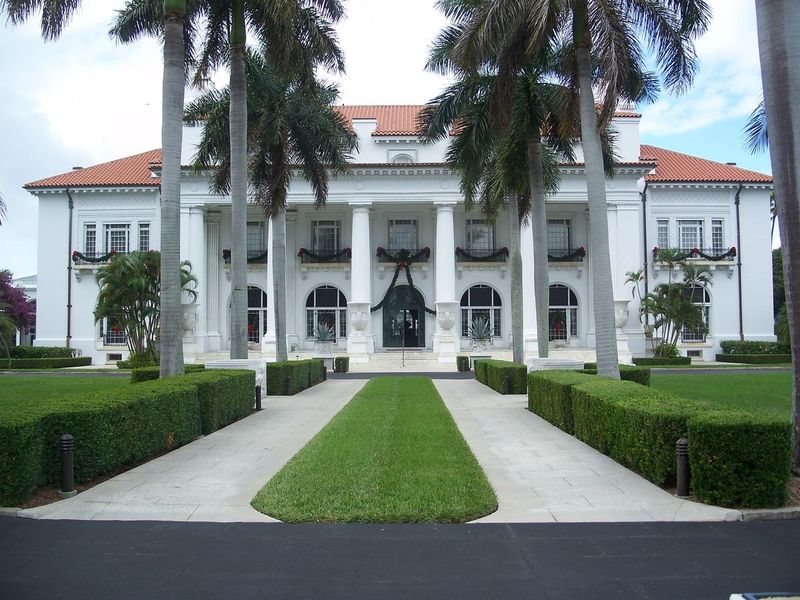
Sir Edward Watkin, a prominent British railway entrepreneur, built a grand Victorian mansion in the English countryside. The mansion features exquisite woodwork and expansive gardens. Notable for its luxurious interiors and elegant drawing rooms, it reflects Watkin’s influence in the British railway sector.
The estate serves as a testament to Watkin’s success and the prosperity brought by railways during the Victorian era, showcasing the grandeur and luxury associated with the industrial age.
11. Casa Loma
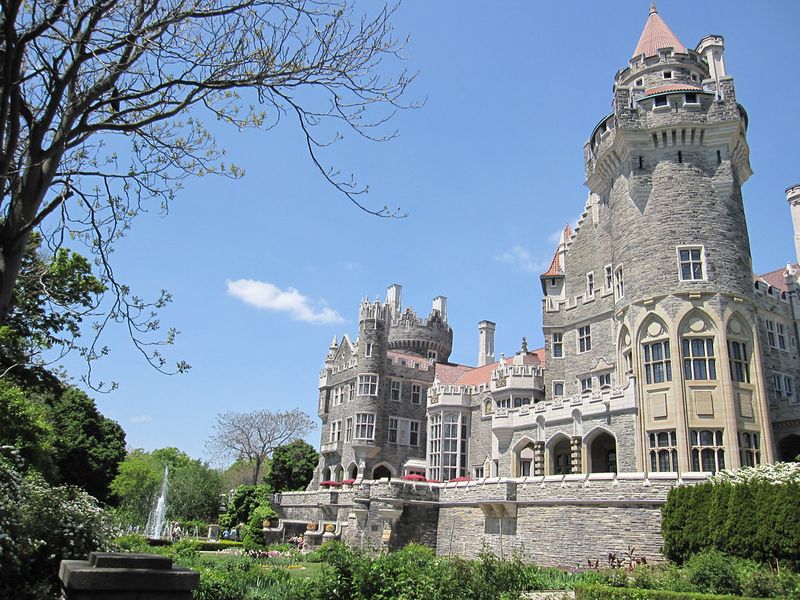
Sir Henry Pellatt, a Canadian railroad financier, built Casa Loma, a majestic Gothic Revival castle in Toronto. The castle boasts soaring towers and lush gardens. Inside, grand ballrooms and an opulent library reflect Pellatt’s wealth and status.
Casa Loma stands as a symbol of the grandiosity and ambition of early 20th-century industrialists. Its architectural splendor and historical significance continue to captivate visitors, highlighting Pellatt’s role in Canada’s railway expansion.
12. Château de Ferrières
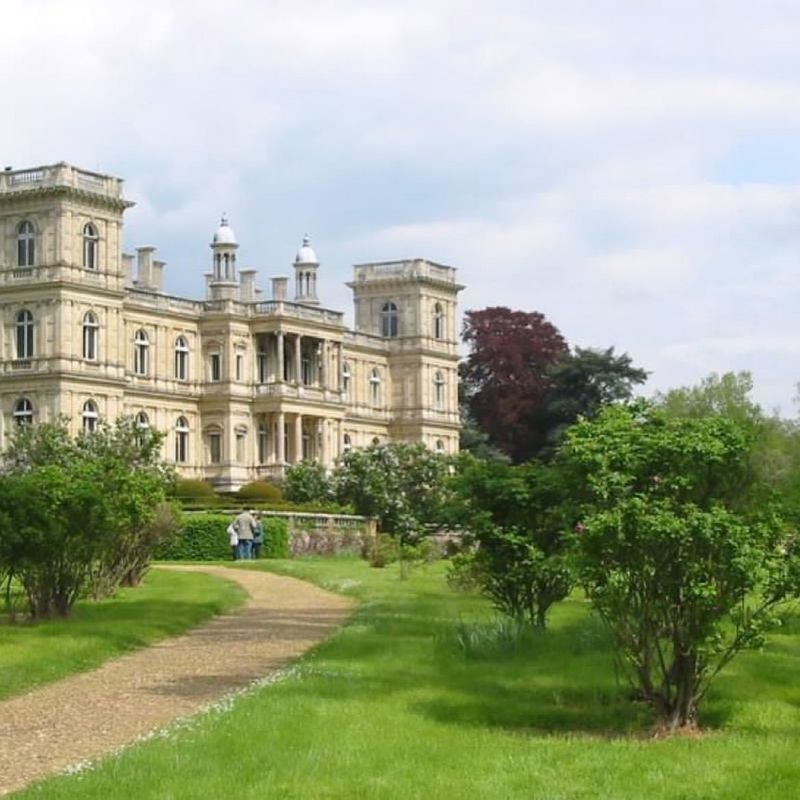
Baron James de Rothschild, a financier with railroad interests, built the Château de Ferrières near Paris. The French Renaissance château features opulent interiors and sprawling gardens. Notable rooms include a grand dining hall and a magnificent library.
The château reflects Rothschild’s influence in the European railway sector and his taste for luxury. It remains a symbol of the wealth and power amassed by industrialists in the 19th century, attracting visitors to its historic grounds.
13. Railway Mansion in Moscow
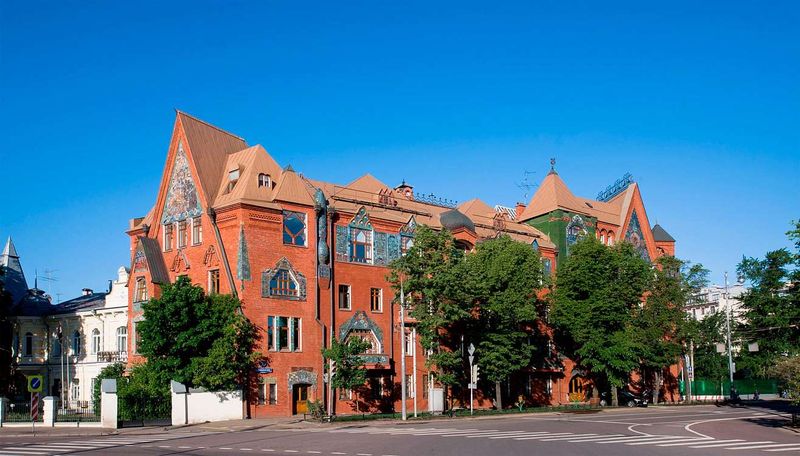
Savva Mamontov, a Russian industrialist with significant railway investments, built a neoclassical mansion in Moscow. The mansion features intricate facades and opulent interiors. Inside, grand ballrooms and luxurious living spaces reflect Mamontov’s wealth and influence.
The mansion symbolizes the prosperity brought by railroads in Russia and Mamontov’s cultural patronage. Its architectural beauty and historical significance make it a notable landmark, illustrating the grandeur of Russia’s industrial age.
14. Cairness House
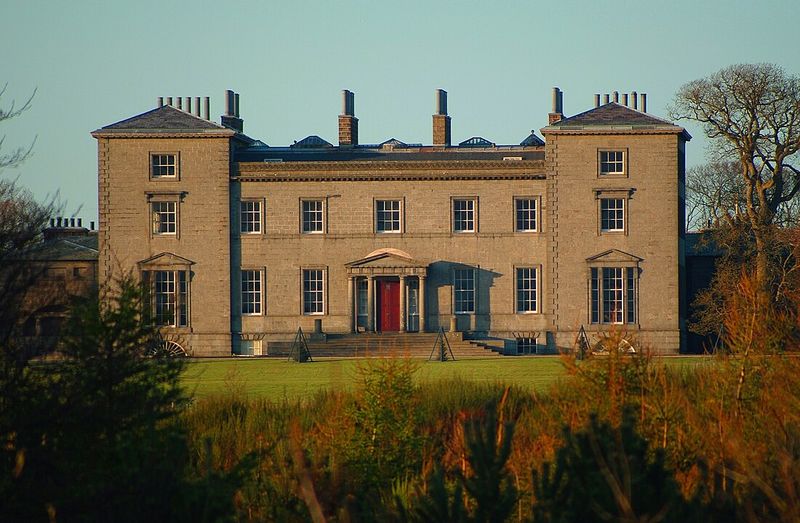
Railroad investor and landowner Charles Gordon built Cairness House in Aberdeenshire, Scotland. This neoclassical mansion features a striking façade and extensive gardens. Inside, luxurious drawing rooms and a grand staircase highlight its opulence.
Cairness House reflects Gordon’s wealth and the prosperity of the Scottish railway industry. Its architectural elegance and historical significance continue to attract visitors, representing the blend of industrial success and architectural grandeur in Scotland’s past.
15. Villa Ephrussi de Rothschild

Perched like a jewel on the Cap Ferrat Peninsula, Villa Ephrussi de Rothschild’s elegance is matched only by its breathtaking views of the Mediterranean. Built by Béatrice de Rothschild, an heiress to the Rothschild banking dynasty, this pink-hued mansion is surrounded by nine exquisite gardens, each with its own theme.
The villa’s interior is a showcase of Béatrice’s impeccable taste, featuring an extensive collection of art and antiques. Visitors can explore its lavish rooms filled with 18th-century French furniture and rare porcelain. The villa often hosts cultural events, echoing its past as a hub of social gatherings.
A walk through its gardens reveals surprises at every turn, from musical fountains to rose gardens. This splendid estate offers not only a glimpse into the past but also a serene escape into nature’s beauty.
16. Tycoon Castle in Bavaria
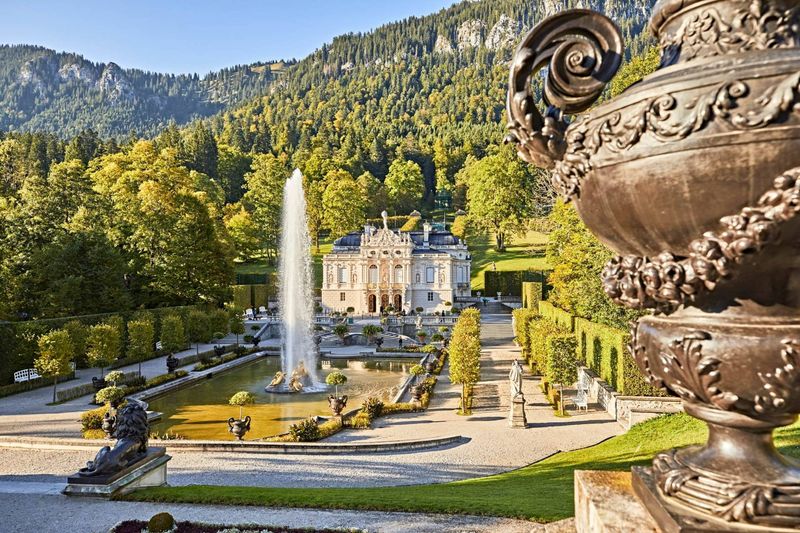
Ludwig, Baron von Pronner, a Bavarian railway tycoon, constructed a picturesque castle in Bavaria. The castle features medieval elements and lush gardens. Notable rooms include a grand dining hall and a lavish ballroom.
The castle reflects Pronner’s wealth and the prosperity of Bavaria’s railway history. Its architectural charm and scenic location continue to captivate visitors, showcasing the fusion of medieval aesthetics and industrial success in Bavaria’s historic landscape.
17. Railway Magnate’s Estate
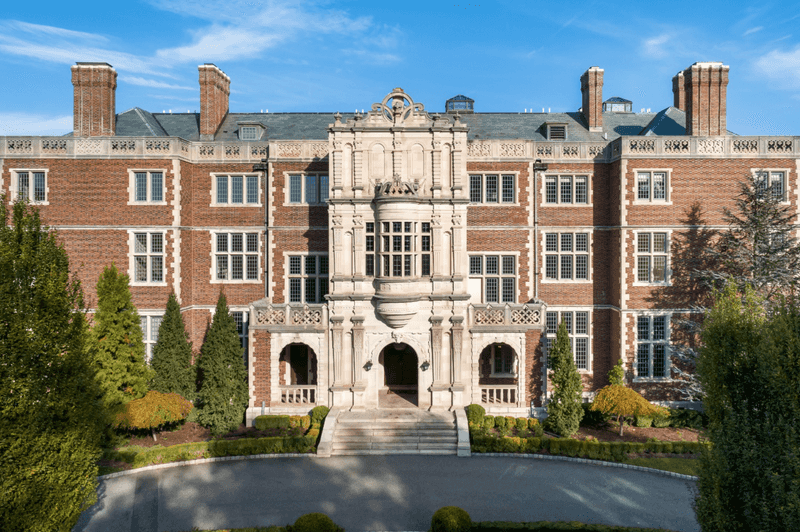
David Davies, a Welsh railway entrepreneur, established a grand Tudor-style estate in the Welsh countryside. The estate features luxurious interiors and expansive grounds. Inside, grand drawing rooms and a majestic library reflect Davies’s wealth and status.
The estate symbolizes the prosperity brought by railways in Wales and Davies’s contributions to the industry. Its architectural elegance and historical significance continue to attract visitors, highlighting the grandeur of Wales’s industrial past.
18. Castle Howard

Castle Howard, a stately home in North Yorkshire, was enhanced by the wealth of the Howard family, including railroad investments. The baroque mansion features opulent interiors and grand gardens. Inside, luxurious state rooms and a magnificent chapel reflect its grandeur.
Castle Howard stands as a testament to the Howard family’s influence in the railroad sector and their pursuit of architectural excellence. Its historical significance and beauty attract visitors worldwide, symbolizing the intersection of wealth and culture.
19. Railway Tycoon’s Château
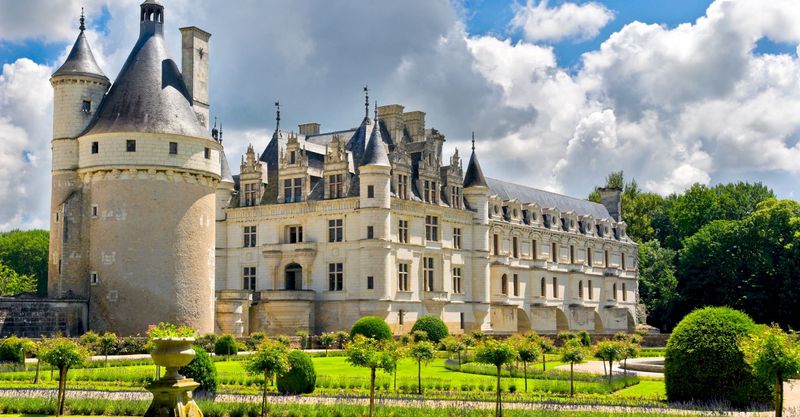
A French railway magnate constructed a grand château in the Loire Valley, featuring Renaissance elements and expansive gardens. The château’s opulent interiors include a grand ballroom and luxurious salons. It reflects the wealth and cultural influence of the French railway industry.
The château’s beauty and historical importance attract visitors, symbolizing the grandeur and prosperity brought by railroads in France. It remains a significant piece of architectural and industrial heritage in the region.
20. Blairquhan Castle
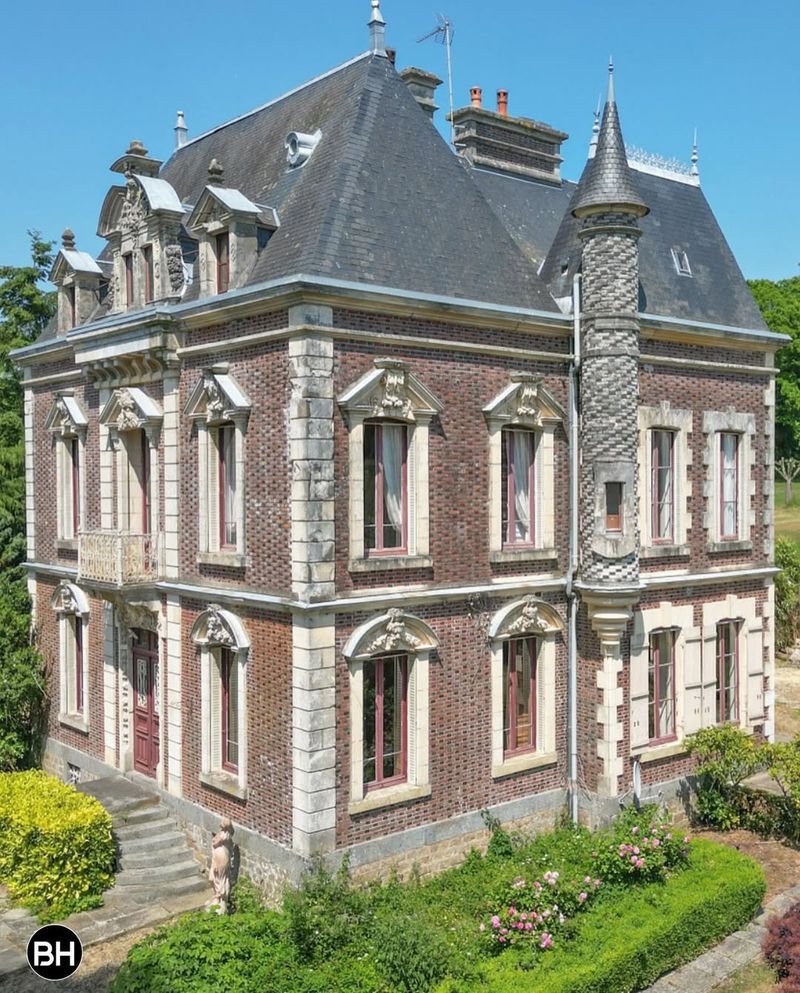
Blairquhan Castle, owned by a Scottish railroad investor, showcases Regency-era elegance in Ayrshire. The castle features lush gardens and opulent interiors. Inside, luxurious drawing rooms and a grand staircase highlight its charm.
Blairquhan reflects the investor’s wealth from railway ventures and the grandeur of Scotland’s industrial era. Its architectural beauty and historical significance continue to attract visitors, representing the fusion of Regency style and industrial success in Scotland’s past.

